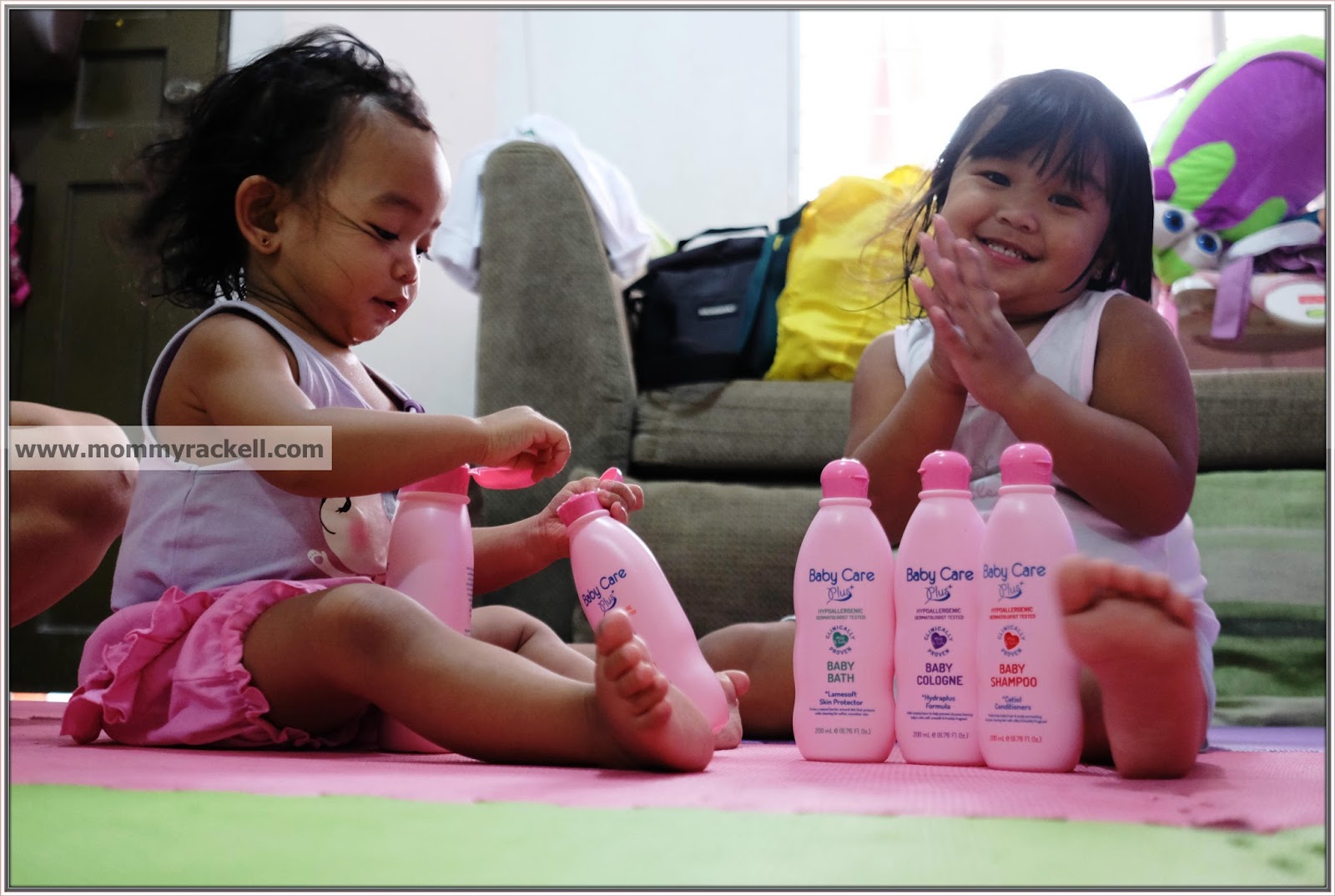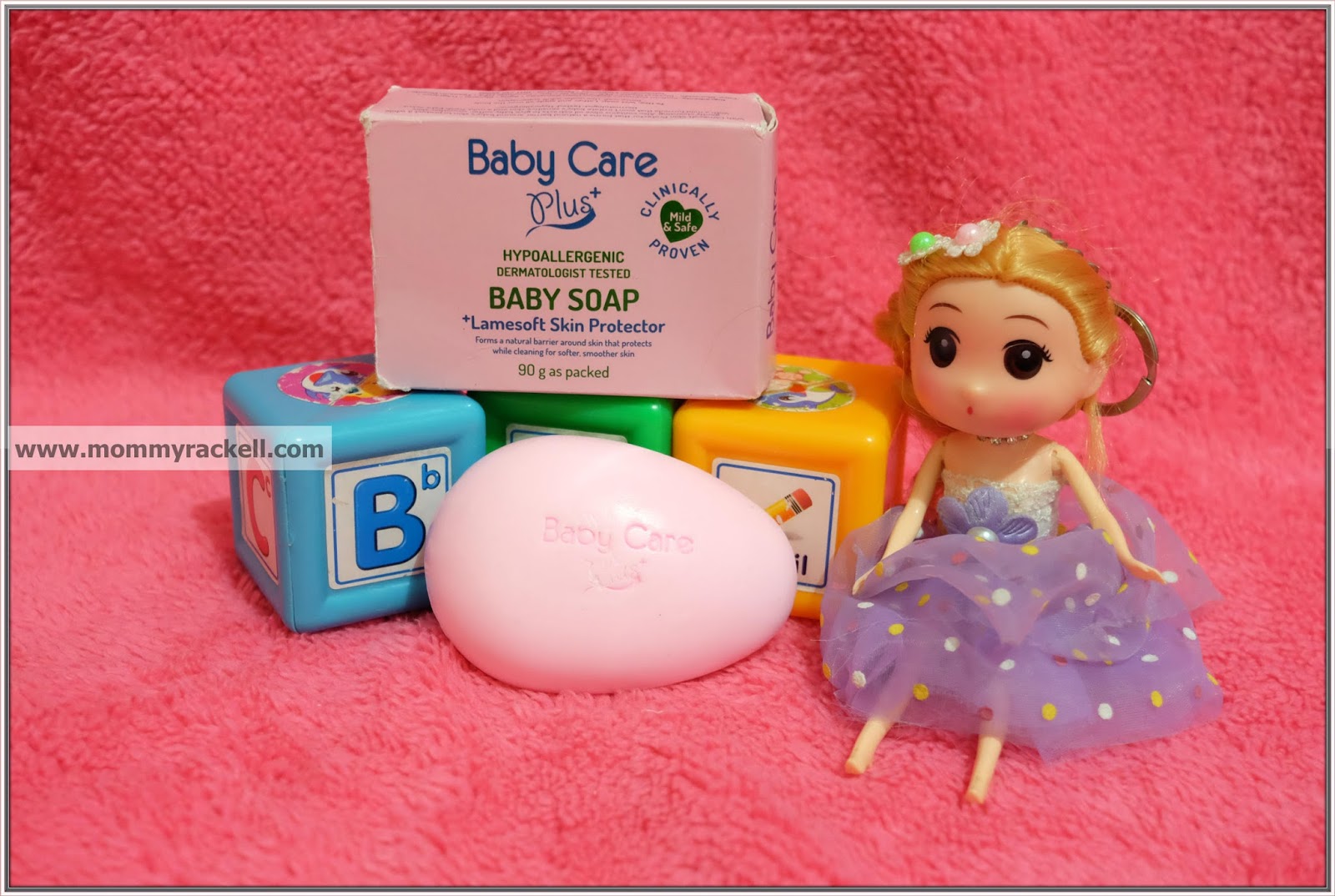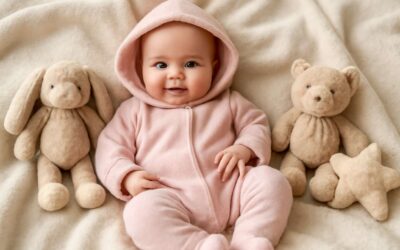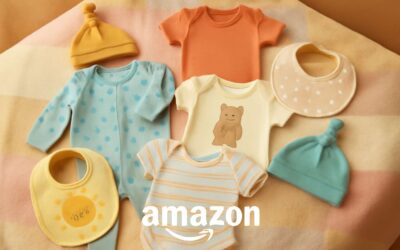Understanding Baby Clothing by Temperature
Importance of Dressing Babies Appropriately – Why suitable clothing based on temperature is crucial for baby comfort and health
Understanding baby clothing by temperature is vital for nurturing not just comfort but also the overall health of your little one. Babies are particularly vulnerable to temperature fluctuations, which can impact their delicate skin and immune system. Dressing a baby appropriately based on the weather helps regulate their body temperature, preventing both overheating and chilling.
In colder months, layering becomes essential. Opt for snug, breathable fabrics that trap heat without causing overheating. Conversely, during warmer days, lightweight and moisture-wicking baby clothing by temperature ensures your baby remains cool and dry. Remember, a baby’s skin is highly sensitive—what works for one season might be unsuitable for another.
Ultraviolet rays, wind chill, and humidity all influence how you choose baby clothing by temperature. Sometimes, a simple rule of thumb is to look for signs of discomfort or sweating, which can be indicators that clothing needs adjusting. It’s a delicate balance that requires keen observation and a well-stocked wardrobe tailored to seasonal changes.
Factors Influencing Baby Clothing Choices – Indoor versus outdoor temperatures, humidity, and seasonal changes
Understanding how various factors influence baby clothing by temperature is essential to safeguarding your little one’s comfort and health. Indoor temperatures often differ significantly from outdoor conditions, demanding adaptable clothing choices that respond to each environment’s unique nuances. For instance, a cosy nursery set at 20°C might require different layering than a brisk walk outside on a chilly day. Humidity also plays a pivotal role; high moisture levels can make even moderate temperatures feel oppressive, necessitating breathable fabrics for your baby’s delicate skin.
Seasonal shifts further complicate these considerations. As spring blossoms into summer, lightweight, moisture-wicking baby clothing by temperature becomes paramount to prevent overheating. Conversely, in winter, insulating layers and cosy outerwear are vital to shield against the cold. When choosing baby clothing by temperature, it’s helpful to remember that the key to optimal comfort lies in observing subtle signs of discomfort—be it sweating or shivering—and adjusting clothing accordingly. Ultimately, a well-curated wardrobe that accounts for indoor versus outdoor temperatures and fluctuating humidity ensures your baby remains content and safe in every season.
Baby Clothing for Cold Weather
Layering Strategies – Using layers to adjust to fluctuating temperatures
When temperatures dip, the art of layering becomes an almost poetic dance—balancing warmth with comfort, protection with freedom of movement. Baby clothing by temperature is not merely a guideline but a philosophy that emphasises adaptability. In cold weather, the goal is to create a cosy microclimate around the infant, shielding them from brisk breezes and biting chill while allowing their delicate skin to breathe.
Layering strategies are essential for fluctuating temperatures, especially during transitional seasons. Using a combination of thin, breathable fabrics topped with insulating layers, parents can fine-tune their baby’s warmth with ease. For example, a soft cotton bodysuit under a woollen jumper, paired with a weather-resistant snowsuit, can be adjusted throughout the day as the temperature shifts. An effective approach involves the following:
- Base layer: a moisture-wicking bodysuit that keeps sweat away from the skin
- Insulating layer: fleece or wool garments to retain core heat
- Outer layer: waterproof or windproof jackets and trousers for outdoor excursions
By viewing baby clothing by temperature as a dynamic system rather than a static outfit, caregivers can adapt seamlessly to the environment. This thoughtful strategy not only ensures optimal comfort but also nurtures a sense of security, turning dressing into an intuitive act rooted in both care and mindfulness. After all, dressing a baby becomes a reflection of our awareness of nature’s unpredictable tempo—an embrace of flexibility and protection in one gentle gesture.
Recommended Clothing Types – Thermal onesies, insulated sleep sacks, fleece jackets
When temperatures plummet, keeping a tiny human warm becomes an art form—think of it as a mini symphony of comfort and protection. Baby clothing by temperature isn’t just a fashion statement; it’s a strategic approach that ensures your little one stays snug without overheating. In cold weather, the right gear can turn a potentially stressful outing into a cosy adventure.
Recommended clothing types for chilly days include thermal onesies, which are basically the superhero capes of baby clothing by temperature. These snug, moisture-wicking marvels trap heat close to the skin, preventing those tiny bodies from becoming human popsicles. Insulated sleep sacks are another brilliant invention, transforming bedtime into a warm embrace that keeps babies cosy throughout the night. Fleece jackets, lightweight yet insulating, serve as versatile outer layers, perfect for outdoor strolls or errand runs.
To simplify your layering game, consider this ordered approach:
- Base layer: moisture-wicking thermal onesies to keep sweat at bay and skin dry.
- Insulating layer: fleece jackets or wool garments that add warmth without bulk.
- Outer layer: waterproof or windproof jackets to fend off the chill during outdoor excursions.
By selecting baby clothing by temperature with a mindful eye, you transform dressing from a chore into a nurturing ritual—where each piece is chosen not just for style, but for optimal comfort and safety. After all, a well-dressed baby is a happy baby, even when Jack Frost is nipping at their tiny nose!
Fabric Choices for Cold Weather – Wool, fleece, flannel, and their benefits
When the mercury dips and winter’s chill becomes an uninvited guest, selecting the right fabric for baby clothing by temperature transforms from a mere necessity into an artful dance of practicality and care. Wool, fleece, and flannel are the triumvirate of cold-weather fabrics that not only shield the tiny human from the biting cold but also elevate comfort to an art form. Wool, with its remarkable insulating properties, manages to keep warmth in even when damp—making it a stellar choice for unpredictable weather. Fleece, lightweight yet incredibly insulating, offers a modern twist on traditional warmth, perfect for layering without the bulk. Meanwhile, flannel, with its soft, brushed surface, lends a cosy touch that’s as gentle on delicate skin as it is on the senses.
These fabrics, when incorporated into baby clothing by temperature, serve specific roles. Wool can be fashioned into snug hats or mittens, providing vital extra warmth. Fleece is often used in baby jackets or sleep sacks, ensuring that little bodies stay warm during outdoor adventures. Flannel, on the other hand, lends itself beautifully to pyjamas, blankets, and even cosy daytime outfits—adding both function and charm. The key lies in understanding the benefits each fabric offers, ensuring that your bundle of joy remains comfortably warm without the risk of overheating, no matter the winter’s whims.
Baby Clothing for Moderate Temperatures
Optimal Fabrics – Cotton, bamboo, lightweight blends for comfort
When the weather hovers in the moderate temperature range, selecting the right baby clothing becomes a delicate balancing act. Babies are especially sensitive to temperature fluctuations, making it essential to choose fabrics that offer both comfort and breathability. Cotton, bamboo, and lightweight blends emerge as the top contenders in baby clothing by temperature, providing gentle softness against sensitive skin while allowing air to circulate freely. These fabrics help regulate body temperature, preventing overheating while ensuring warmth during cooler moments.
Opting for natural fabrics like cotton and bamboo also means fewer irritations and allergies, which is vital for maintaining a happy, fuss-free baby. In addition, lightweight blends often combine the best properties of multiple fibres, offering durability and a silky feel that keeps babies comfortable throughout the day. For outdoor excursions in moderate climates, layering with breathable fabrics can help adjust to changing conditions, ensuring your little one remains cosy or cool as needed.

Suggested Clothing Options – Short-sleeve onesies, rompers, light sweaters
In the gentle dance of seasons, the magic of baby clothing by temperature becomes an art form—one that balances delicate comfort with practical elegance. For moderate temperatures, choosing the right ensemble is akin to crafting a wearable symphony of softness and breathability. Short-sleeve onesies and airy rompers serve as the foundation, allowing tiny bodies to breathe while providing a layer of gentle coverage. These pieces are perfect for days when the sun’s warmth is tempered by a cool breeze, creating a harmonious environment for your little one.

Layering with light sweaters or cardigans offers flexibility, allowing you to adapt swiftly to changing conditions. For outdoor adventures, consider a well-chosen light sweater—something that can be easily added or removed as needed. This approach exemplifies the wisdom behind baby clothing by temperature, ensuring your baby remains cosy without overheating. Exploring natural fabrics such as cotton and bamboo in these layers guarantees a soothing experience against sensitive skin, while lightweight blends enhance durability and ease of movement.

Managing Indoor and Outdoor Comfort – Adjusting clothing for varying environments
In the dance of shifting seasons, managing interior and exterior comfort for your tiny ward becomes a delicate art—one that hinges on understanding the nuances of baby clothing by temperature. As the sun’s warmth wanes or waxes, so must the layers that cocoon your baby in gentle protection. The key lies in the subtle art of adjustment, where a mere cardigan or a lightweight romper can mean the difference between serenity and discomfort.
For indoor environments, maintaining a steady, comfortable temperature is crucial. Lightweight fabrics such as breathable cotton and bamboo serve as the foundation, allowing your baby’s delicate skin to breathe while preventing overheating. When venturing outdoors, a small but significant shift in clothing—adding a soft, insulating layer—can safeguard against the chill without suffocating the senses. To this end, consider these essential options:
- Lightweight rompers that promote airflow
- Minimal yet effective layering with baby clothing by temperature
- Natural fabrics like cotton and bamboo for all-day comfort
Adjustments should be swift and seamless, reflecting the fluidity of weather and environment. A simple cardigan, for example, can be added or removed with ease, transforming an outfit into an adaptable sanctuary. The true mastery of baby clothing by temperature lies in this nuanced dance—an elegant balance between the necessity of warmth and the whisper of breathability, ensuring your infant remains cocooned in both comfort and quiet elegance amid the unpredictable whims of the weather.
Baby Clothing for Hot Weather
Key Fabric Features – Breathability, moisture-wicking materials like cotton and linen
When the sun blazes fiercely and temperatures soar, selecting the right baby clothing by temperature becomes an art form. Breathable fabrics are essential to prevent overheating, and materials like cotton and linen stand out as optimal choices. These fabrics boast exceptional breathability, allowing air to circulate freely and keeping tiny bodies cool and dry. Moreover, moisture-wicking properties in these fabrics actively draw sweat away from the skin, reducing the risk of irritation and discomfort.
In hot weather, lightweight and airy garments such as short-sleeve onesies or rompers crafted from natural fibres can make all the difference. They not only provide a comfortable barrier against the sun but also help regulate the baby’s body temperature. For those seeking versatility, layering lightweight clothing options allows for easy adjustments as outdoor conditions change, ensuring that the baby remains comfortable regardless of fluctuating temperatures.
Clothing Types Suitable for Hot Weather – Sleeveless onesies, hats, shorts, airy dresses
When the sun beats down fiercely and the temperature climbs, dressing a baby appropriately becomes a delicate balancing act. Baby clothing by temperature isn’t just about comfort—it’s about safeguarding delicate skin from the harshness of the heat while ensuring tiny bodies stay cool and dry. In such weather, lightweight and breathable fabrics are essential, and the right clothing choices can make all the difference.
For hot days, sleeveless onesies and airy dresses crafted from natural fibres like cotton or linen are ideal. These garments allow air to circulate freely, preventing overheating and reducing the risk of irritation. To keep little heads protected from the sun, a soft, wide-brimmed hat is equally important. Shorts made from lightweight fabrics complement this ensemble, providing mobility and comfort for outdoor adventures.
- Breathable fabrics such as cotton or bamboo
- Lightweight, loose-fitting garments
- Sun protection accessories like hats
Layering remains just as vital in hot weather, with options like a light cotton cardigan or a breathable romper that can be easily removed or added as needed. This approach ensures that baby clothing by temperature is adaptable—perfect for unpredictable outdoor conditions or indoor environments where air conditioning might fluctuate. Ultimately, choosing the right clothing helps keep babies comfortable, happy, and safe under the sun’s relentless gaze.
Preventing Overheating – Signs of overheating and clothing tips
In the sweltering embrace of summer’s fiercest days, a baby’s delicate skin becomes a battleground of comfort and peril. Overheating in infants is not merely discomfort—it’s a silent threat that can escalate swiftly if vigilance wanes. Recognising the subtle signs of overheating, such as flushed cheeks, rapid breathing, or lethargy, is vital for caregivers committed to safeguarding their tiny explorers. Baby clothing by temperature is a nuanced art—each layer and fibre selected with precision to prevent this peril.
Lightweight, breathable fabrics like cotton and bamboo are the guardians against heat. They wick moisture away while allowing air to circulate freely, reducing the risk of overheating. When dressing a baby for hot weather, opt for sleeveless onesies, airy dresses, and loose-fitting shorts—clothing that provides a gentle breeze on tender skin. Equally important are sun protection accessories, particularly wide-brimmed hats, which serve as a shield against harsh UV rays, keeping the head and face cool and safe.
Temperature fluctuations demand adaptable clothing choices. In environments where indoor cooling varies, layering remains a vital strategy—think a breathable romper under a light cotton cardigan that can be shed instantly. For outdoor adventures, ensure that every piece of baby clothing by temperature not only shields from the sun but also promotes airflow, creating a sanctuary of comfort amidst the scorching sun.
Seasonal Considerations for Baby Clothing
Transitioning Between Seasons – How to adapt clothing choices as seasons change
As the seasons shift, so too must our approach to baby clothing by temperature. The delicate balance between warmth and ventilation becomes a moral compass guiding our choices, echoing the profound responsibility we hold in nurturing our little ones amidst nature’s unpredictable whims. Transitioning between seasons isn’t merely about swapping out wardrobe staples; it’s an act of observance and adaptation that honours the evolving needs of fragile skin and developing physiology.
In colder months, layering becomes an art form—combining thermal onesies, fleece jackets, and insulated sleep sacks—each fabric selected for its capacity to insulate without sacrificing breathability. Conversely, during warmer periods, lightweight fabrics such as cotton and bamboo serve as gentle barriers against the heat, preventing overheating and discomfort. Recognising the signs of overheating, like flushed cheeks or rapid breathing, underscores the importance of clothing by temperature that adapts seamlessly to daily fluctuations.
- Adjust outdoor clothing based on the forecast, embracing breathable, moisture-wicking materials for comfort.
- Use hats and light accessories to shield from direct sunlight, ensuring baby remains cool yet protected.
Layering Techniques for Spring and Fall – Versatile clothing options for fluctuating temperatures
Spring and autumn are the chameleons of the seasonal wardrobe world—temperatures swing unpredictably, making it a challenge to keep your baby comfortably clothed without turning into a human burrito or a sweaty mess. That’s where layering techniques for baby clothing by temperature come into their own, transforming dressing from a mundane chore into a strategic game of comfort chess. The trick is to select versatile clothing options that can be easily added or removed as the weather fluctuates, ensuring your little one remains snug without overheating.
During these transitional months, lightweight fabrics such as cotton and bamboo are the heroes, offering breathability and moisture-wicking superpowers. Think short-sleeve rompers, airy dresses, and light sweaters—clothing that adapts to the ever-changing climate. For outdoor excursions, a simple yet effective method is to use layering strategies—start with a breathable base layer, add a fleece jacket if it’s chilly, and top with a sun hat to shield from the sun. An unordered list makes it easier to visualise the essentials:
- Light cotton onesies or rompers
- Lightweight sweaters or cardigans
- Fleece jackets or vests
- Sun hats and light accessories
By combining these pieces thoughtfully, you create a flexible wardrobe that keeps pace with nature’s whims. Remember, the key to baby clothing by temperature is to observe your little one’s cues—fussiness, flushed cheeks, or clammy skin are hints that adjustments are needed. With the right layering techniques, dressing your baby for spring and fall becomes less of a daily dilemma and more of an elegant dance with the weather.
Tips for Choosing Baby Clothing by Temperature
Safety First – Avoiding choking hazards and loose clothing
Choosing the right baby clothing by temperature isn’t just about comfort; it’s a vital act of safeguarding your little one’s wellbeing. Overheating can be as dangerous as chilling, and many parents overlook the subtle cues that indicate their baby’s clothing is either too tight or too loose. Ensuring safety first involves avoiding choking hazards and loose clothing, which can pose serious risks. Tight clothing can restrict movement and circulation, while loose garments might get caught or cause discomfort, especially when your baby is exploring their environment.
Opt for snug-fitting, well-designed baby clothing by temperature that stays close to the body without constricting. Look for options that are easy to adjust, such as adjustable necklines or elastic waistbands. When dressing your baby for varying climates, consider layering with breathable fabrics like cotton and bamboo. This approach allows you to adapt quickly, removing or adding layers as needed. Remember, the goal is to strike a delicate balance—warm enough to prevent chill but not so bulky as to inhibit natural movement or pose safety hazards.
Comfort and Mobility – Ensuring diapers, movement, and skin breathability
Choosing the right baby clothing by temperature is a delicate art that balances comfort with safety. Babies have delicate skin and limited ability to regulate their body temperature, making it essential to select clothing that allows for natural movement and breathability. When considering baby clothing by temperature, prioritising materials that wick moisture away and promote airflow can make all the difference. Fabrics like cotton and bamboo are ideal for warm days, providing lightweight comfort without overheating your little one.
Ensuring your baby’s diaper fits properly is equally important, as a snug but not tight diaper prevents leaks and skin irritation while allowing room for natural movement. To optimise comfort, layering is a practical strategy—think of it as creating a flexible wardrobe that can be adjusted as temperatures shift throughout the day. For outdoor play in colder weather, insulated sleep sacks and fleece jackets work wonders, while during hot weather, sleeveless onesies and airy dresses keep your baby cool. Remember, the goal is to maintain an optimal balance—preventing overheating while ensuring freedom to move, breathe, and explore safely.
Easy-to-Use Clothing Features – Snaps, zippers, and stretch fabrics for quick dressing
Choosing the right baby clothing by temperature can be a game-changer for keeping your little one comfortable and safe. When dressing for varying conditions, easy-to-use clothing features become essential. Snaps, zippers, and stretch fabrics not only simplify dressing but also help you quickly adjust as the temperature fluctuates. No parent wants to wrestle with complicated fastenings when their baby is already fussing!
Opt for clothing with practical design elements that support quick changes, especially during outdoor excursions or unpredictable weather. For instance, garments with snap closures on the shoulders or at the crotch make dressing and undressing effortless. Stretch fabrics, such as elastane blends, provide flexibility and ensure your baby can move freely without feeling restricted. These features contribute significantly to the overall comfort and mobility of baby clothing by temperature conditions.
Incorporating versatile clothing options like layered pieces and easy-to-open fastenings means you can adapt quickly to indoor and outdoor environments. Whether it’s a lightweight romper for warm days or a cosy fleece jacket for chilly mornings, choosing clothing with functional features makes all the difference. Remember, simplicity combined with practicality ensures your baby stays comfortable, whatever the weather throws their way!
Maintaining and Managing Baby Clothing
Cleaning and Care for Different Fabrics – Washing instructions to maintain quality
Maintaining the quality of baby clothing by temperature requires careful attention to washing and care routines tailored to different fabrics. Each material reacts uniquely to cleaning processes, so understanding these nuances is essential. For instance, cotton and bamboo are gentle and breathable, making them ideal for sensitive skin, but they still need proper care to preserve their softness and moisture-wicking properties.
Washing instructions should prioritise cold or warm water settings to prevent fabric shrinkage and colour fading. Use mild, baby-specific detergents that are free of harsh chemicals. For delicate fabrics such as fleece or wool, hand washing or specialised cycles are recommended.
In addition, air drying is often preferable to tumble drying, especially for fabrics like wool that can shrink or become misshapen. Following these guidelines helps maintain the integrity of baby clothing by temperature, ensuring comfort, durability, and safety for your little one.
Storage Tips for Seasonal Clothing – Organizing out-of-season garments for easy access
As the seasons shift and temperatures fluctuate like the unpredictable dance of the seasons, the task of maintaining a well-organised baby clothing by temperature becomes an art form. Imagine a dedicated space where warm, insulating garments are carefully folded and stored, ready to be summoned at a moment’s notice when the chill creeps in. Proper storage ensures that out-of-season clothing does not become tangled or damaged, preserving its softness and integrity for when it’s needed most.
To streamline access, consider categorising garments by temperature zones—such as cold-weather layers, transitional pieces, and lightweight summer wear. Using labelled bins or storage baskets, you can create a magical wardrobe that whispers secrets of seasonal change, making dressing your little one both effortless and enchanted. An effective approach involves
- rotating clothing based on upcoming weather patterns
- investing in breathable storage containers to prevent mould and odour
ensuring that your baby’s wardrobe remains pristine, organised, and ready to adapt to the whims of the weather.



0 Comments